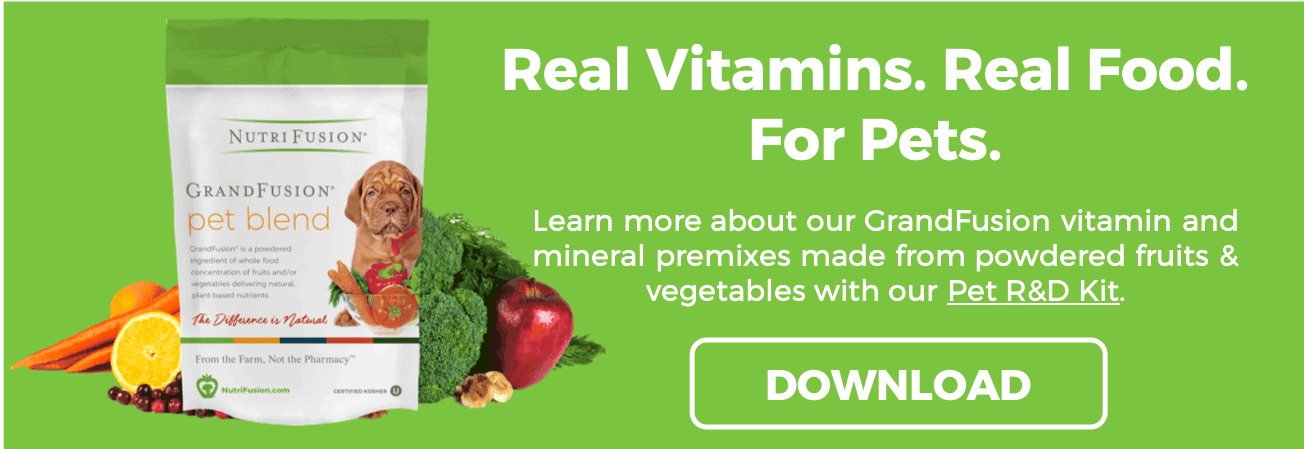Pet Market is Facing Same Challenges as Big Food
Makers of pet foods are hoping new pets can compensate for a recent dip in sales. High-end pet foods made with more expensive ingredients make up a large portion of the market share for the animal food market. Treats and snacks for cats and dogs are also bought more frequently than foods. The high influx of new products adds stress to the pet market as prices are being driven down. The pet market is now facing much of the same issues as big food in the human market.
Between 2006 and 2010, a 30% rise in spending on pet food occurred. Young adults were providing their pets with grain-free kibble and wild caught tuna before focusing on other aspects such as purchasing a home or having a child. Many of these people treat their pets as if they are their first child!
Stats Fur The Pet Food Market
In contrast, pet food spending per home only increased by 5% from 2010 to 2017. The same buyers from years prior are now shifting their focus onto obtaining a house or having a child. These achievements are both costly and can show why spending on pet food has lowered. Analysts believe that sales on pet food will continue to increase in years to come—albeit slowly at around 3% per year, as the next generation continues to get pets.
Large corporations including Nestlé, General Mills Inc., and J.M. Smucker Co. have all recently acquired new pet food brands. Nestlé reallocated $320 million in the creation of a brand-new factory to produce U.S. pet food. Mars Inc. also invested over $7 billion to 800 different animal hospitals, as well as animal day-care centers and veterinary laboratories.
2017 experienced the introduction of over 4,500 different new pet food-related products, which equated to a 45% increase in new products found in 2016. These products were mainly high-end, which grew profits up for companies. The average cost for pet food is up to $2.55 a pound as opposed to $1.71 in 2011.
In April, Blue Buffalo pet food was acquired by General Mills in a deal costing $8 billion. This resulted in a greater influx of premium pet food products to grocery channels and other large retailers. General Mills experienced growth of 9% whereas their human brands like Yoplait and Hamburger Helper experienced a 2% dip in sales.
Although sales have been down for large brands such as Kibbles ‘n Bits and Gravy Train, Smuckers is still confident in the growth opportunities within the pet market. Many remain hopeful as the pet population experiences much faster growth than the human population, resulting in a need for more and more food.
While the big name and high-end pet foods may experience slight dips from time to time, many signs indicate the opportunities for growth within this market. How is the human market adapting to these similar changes?
Inspired by www.wsj.com



